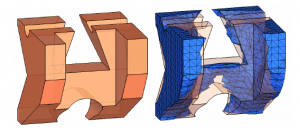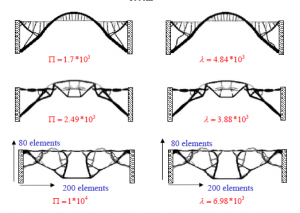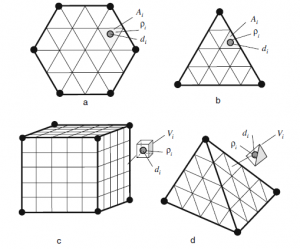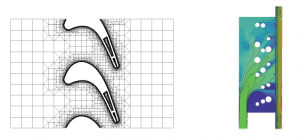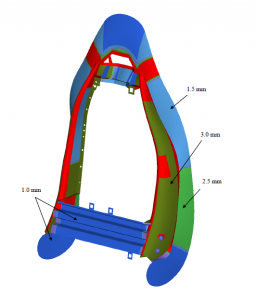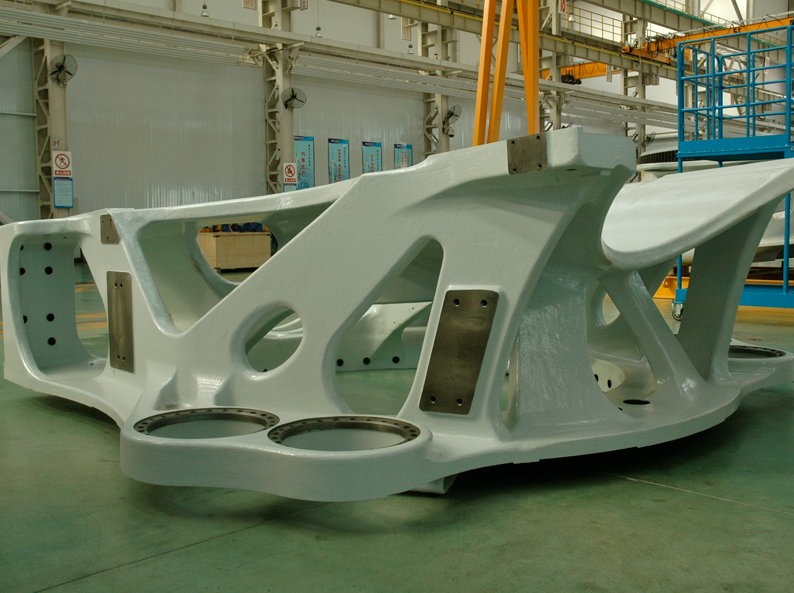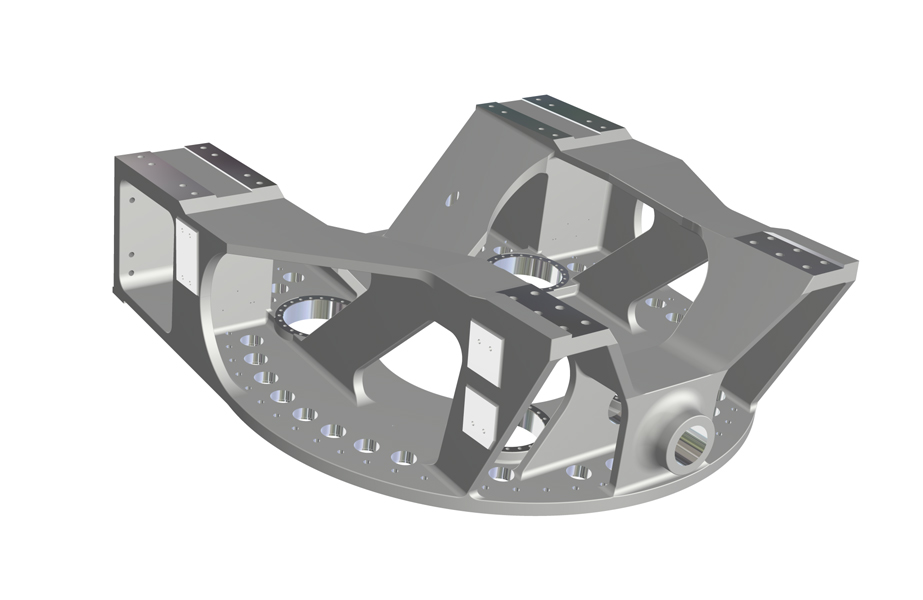With the numerous applications we have reviewed to this day, I have seen that topology optimization is usually applied after the manufacturing method is decided. I wonder about the efficiency of such an exercise. If the aim is obtaining the best structure possible, with of course a low cost (Pareto). Now the low cost dictates a suitable, low cost manufacturing method. When we have the manufacturing method fixed, and constrain the topology optimization process with the method; by means of die draw direction, or mentally, or by other means; the chances are that we are missing many of the possible structures, some of which can be better (mechanical performance and price wise).
The best practice would be to do the topology optimization first, and examine the manufacturing methods that can produce this structure. Then if no method can produce this structure in a cost effective way, or the method is unwanted due to some reasons (e.g. we do not want a cast structure for its inferior mechanical properties) we can proceed to apply manufacturing constraints.
However the common practice in the industry is to make one high resolution optimization for around 2 days, and rely on the results. Actualy a much lower resolution optimization gives approximatly the same results and can be condcuted in hours or minutes. A few such low-resolution studies can be done with different volume percentages, die directions etc. to find the most suitable one, then the best one can be optimized in a high resolution , days long optimization.
Making such short optimizations also gives insight on the boundary conditions, load cases etc. It is a waste of time to compute a topology for 2 days to see that the boundary conditions were wrong. Also using low-resolution analysis, you can see the areas that are left empty, and remove that region from high-resolution analysis design space, to speed up the optimization process. As the computation time increases exponentially with the number of elements, you can obtain significant time reductions. This way using a few small optimization with one high resolution optimization may end up using less time than the usual practice.

